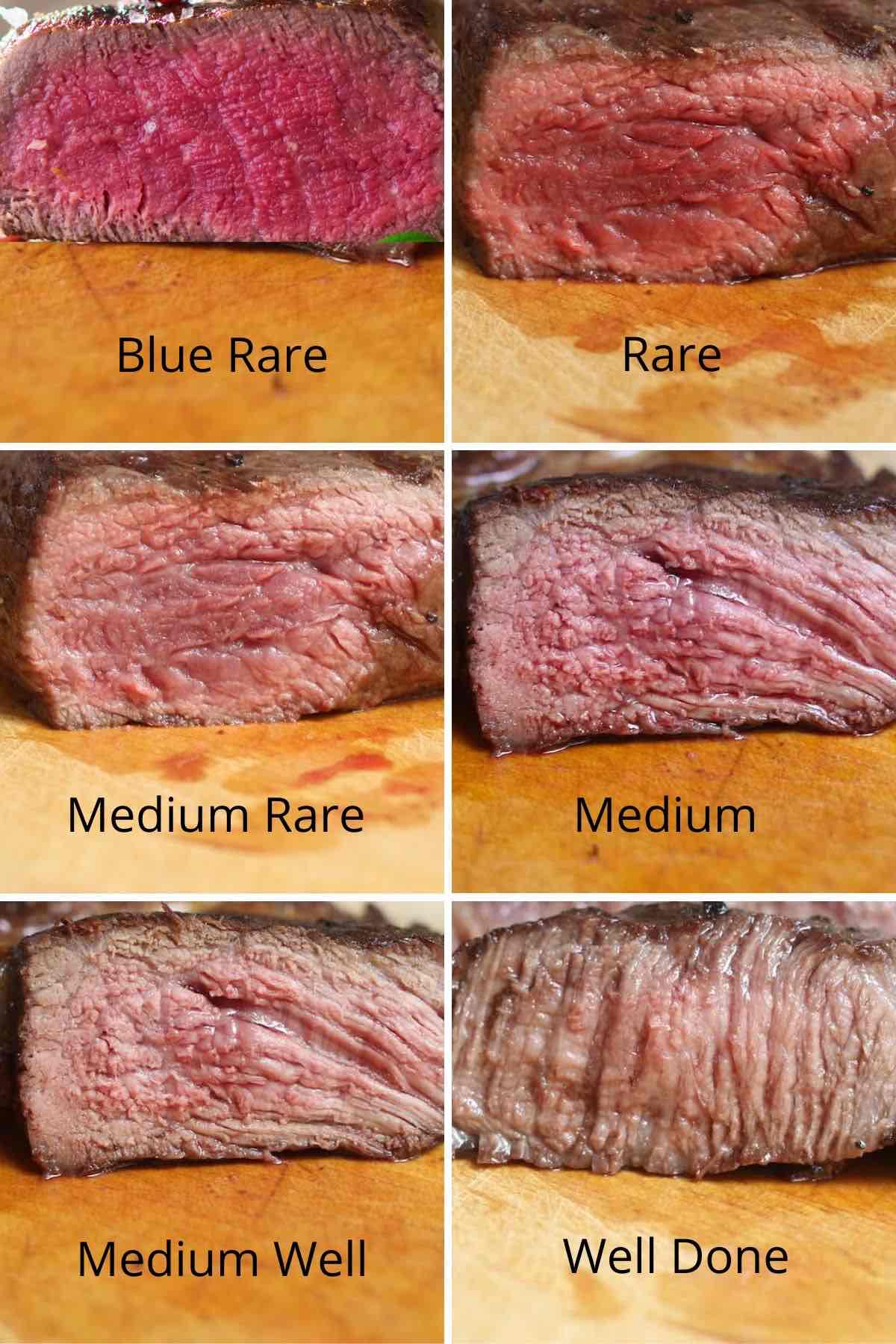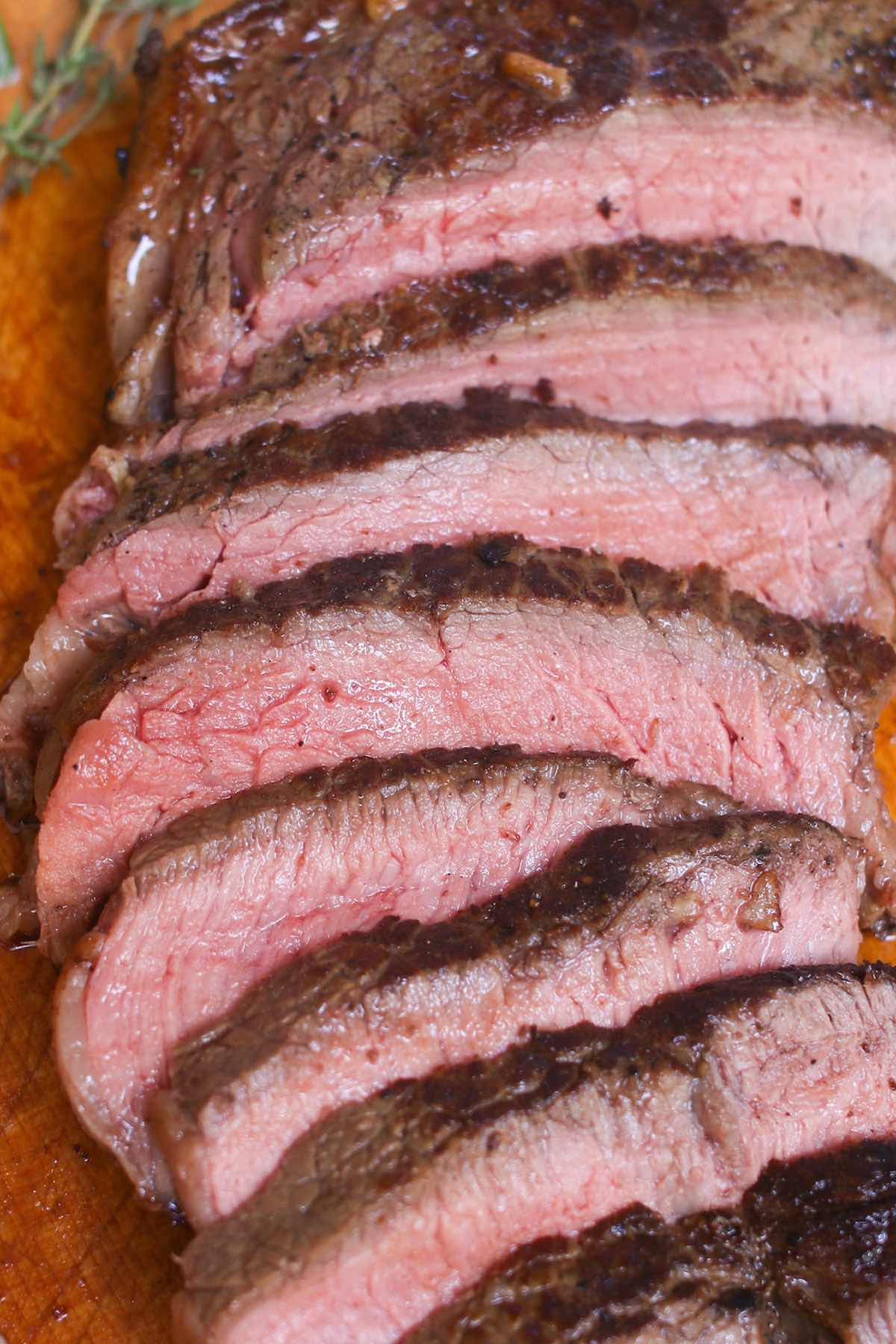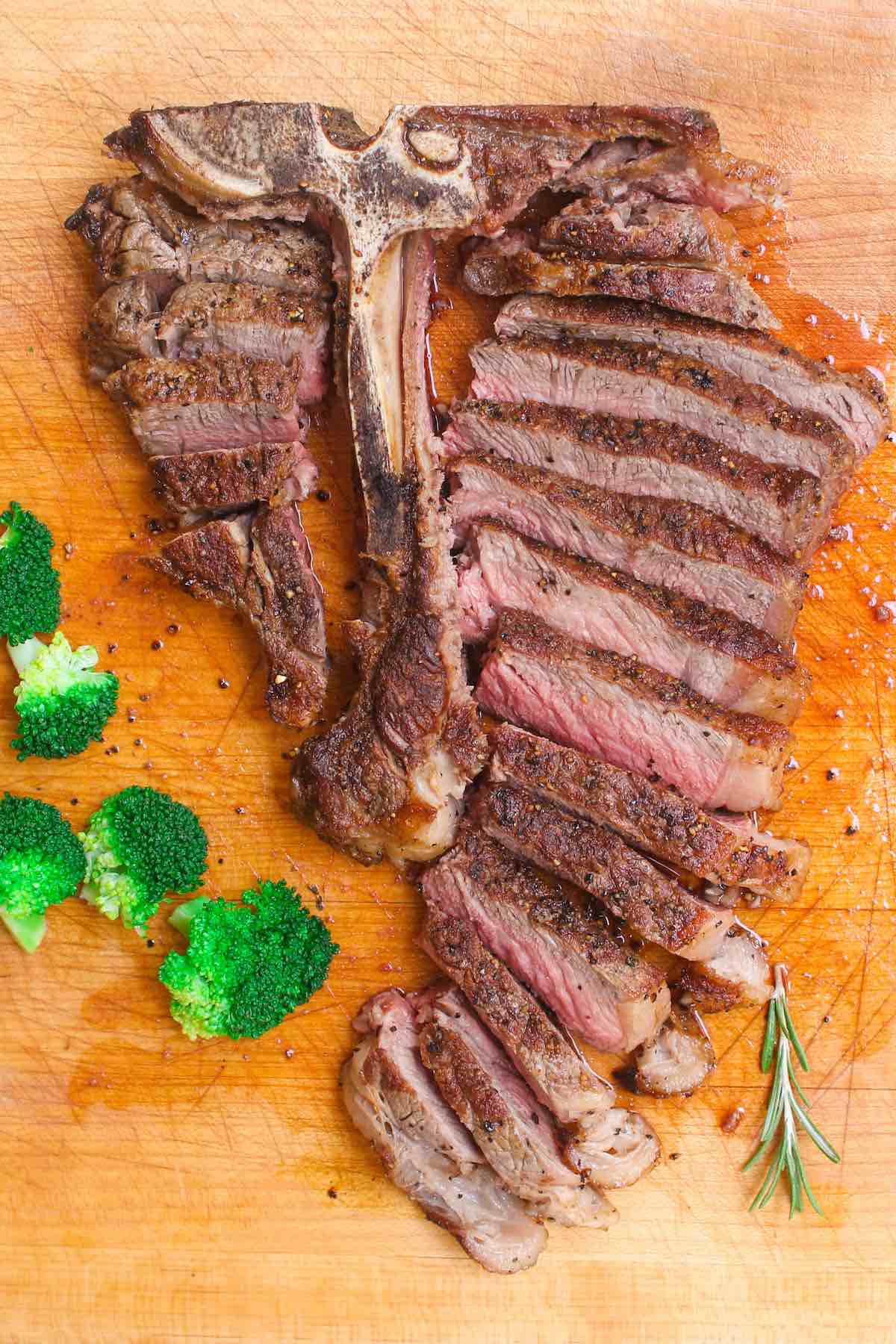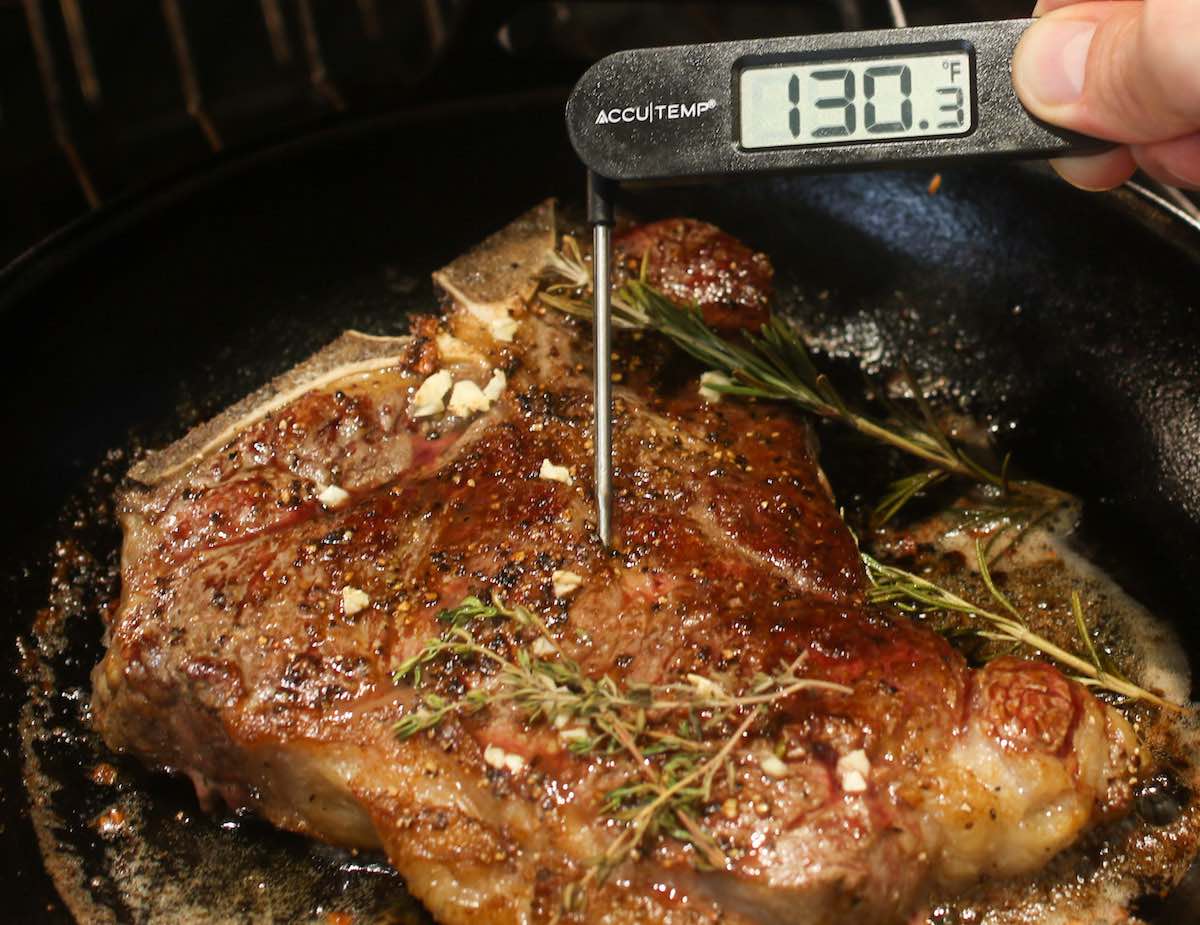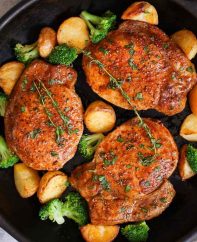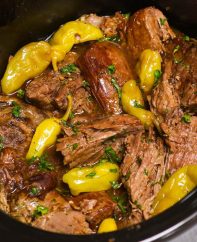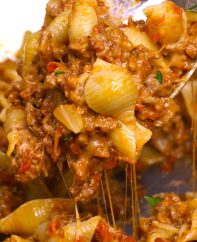Steak Doneness Guide
This post may contain affiliate links. Please read the disclosure policy.
Everyone has their desired steak doneness, whether it’s rare, medium rare, medium or well done. Learn the steak temperature at each stage and how to check it so you can enjoy tender and juicy steak every time!
Steak Doneness
Steak doneness is an indicator of the meat’s tenderness, juiciness and flavor. It’s best determined by internal temperature of the meat, as there’s wide variation in colors and cooking times with each steak cut, not to mention kitchen equipment.
Which steak doneness is best? This is really a matter of personal preference:
Blue rare steak is seared on the outside almost entirely raw or uncooked in the middle. Blue steak is also called very rare or blood rare. In contrast, rare steak is cooked longer so that the middle is warm but still very red without melting the fat in the meat.
Medium rare steak with its warm red center is a popular choice, as the fat has rendered without the proteins breaking down, keeping the meat tender and juicy with a buttery flavor.
Medium steak is best when you feel steak should be pink. It still retains the buttery flavor of medium-rare steak, but it’s firmer and less juicy as there’s more moisture loss. Medium to medium-well is considered the safe level by the USDA.
Medium well steak retains a small amount of pink color and tenderness, but it’s generally tougher and drier due to increasing moisture loss. Many people find this steak too chewy for their liking.
Well done steak has little or no color on the inside with a charred exterior. While tough and chewy, it’s still quite popular although research has identified some health concerns stemming from the extended cooking times.
Steak Done Temp
The steak doneness chart below shows internal temperature for each level of doneness:
| Steak Doneness | Remove from Heat | Final Steak Temperature |
| Blue Rare | 110-115°F (43-46°C) | 120°F (49°C) |
| Rare | 120-125°F (49-52°C) | 125°F (52°C) |
| Medium Rare | 125-130°F (52-54°C) | 135°F (57°C) |
| Medium | 130-135°F (54-57°C) | 140°F (63°C) |
| Medium Well | 140-145°F (60-63°C) | 150°F (66°C) |
| Well Done | 150-155°F (66-68°C) | 160°F (71°C) |
Steak temperature keeps rising for 5-10 minutes after removing from heat due to carryover cooking:
- Thick cut steaks (1 ½ inches or more) will rise an average of 10°F (6°C) more
- Thin cut steaks (½ – 1 ¼ inches) will rise an average of 5°F (3°C) more
Therefore, stop cooking a thick steak at 125°F for medium rare, but continue to 130°F for a thinner cut! The only exception is sous vide steak, which has no carryover cooking.
The USDA recommends cooking to 145°F (63°C) plus 3 minutes of rest even if this guideline is not always observed.
Tips for Perfectly Cooked Steak
- Choose well-marbled cuts like ribeye or t-bone when you plan to cook medium-well or well done steak, as leaner cuts like tenderloin or sirloin become tough when cooked beyond medium.
- Remove the steaks from the fridge ahead of time: 30 minutes for thin cuts and 1-2 hours for thicker cuts. This will promote even cooking and help reach your desired doneness sooner for juicier steak.
- Always rest your steak for 5-10 minutes after cooking to let the juices redistribute through the meat. Cover lightly with foil to keep warm.
- Don’t cut into the meat during cooking or resting, as juices will needlessly escape causing the meat to dry out.
How to Check Steak Doneness
The only accurate way to check steak doneness is by using a thermometer inserted into the middle of the steak so it’s not touching the bone or fat.
The least expensive option is an instant-read thermometer costing $10 or less. Insert the probe into the middle of the steak to check the internal temperature as needed while cooking.
A higher-end setup is a dual-probe thermometer, which conveniently monitors temperature remotely when you’re grilling steak or cooking in the oven.
Steaks with uneven thicknesses can be trickier. I recommend measuring in the thickest section when you want to be conservative and ensure thorough cooking. When overcooking is a concern, measure in the thinner section.
Remember that you can always cook a steak longer if needed, but there’s no way to remedy an overcooked steak!
Steak Recipes:
- Porterhouse steak
- Cowboy steak
- Skirt steak
- Chuck eye steak
- Eye of round steak
- Sirloin tip steak
- Crock pot cube steak
View all types of steak
© TIPBUZZ. Images and text on this website are copyright protected. Please do not post or republish without permission. If you want to republish this recipe, please link back to this post. This post may contain affiliate links. Read the disclosure policy here.
